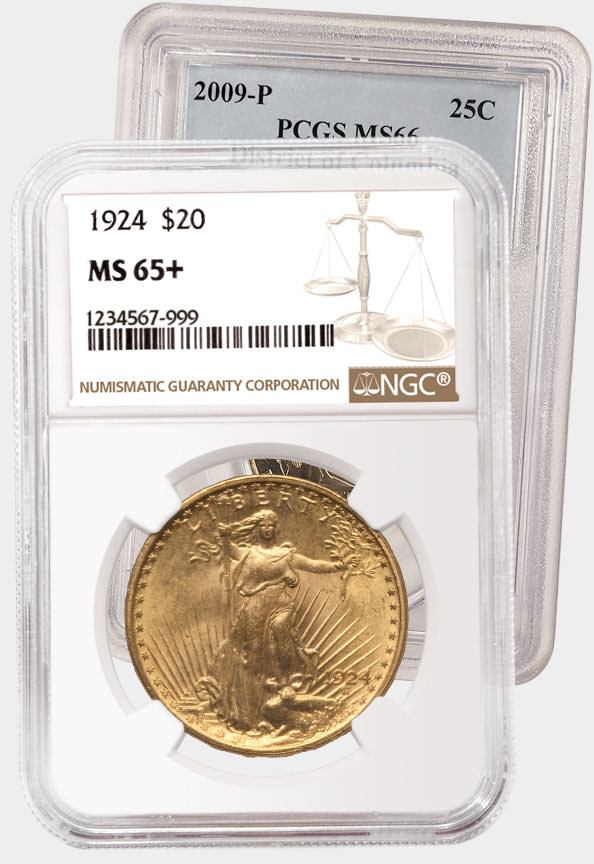NGC Certifies Coins of the Famed Chipping Norton Hoard
Posted on 9/15/2009
NGC recently graded a number of gold Unites of the British monarch James I (1603–1625) from the Chipping Norton Hoard, discovered in the 1980s in an undisclosed location near Chipping Norton, Oxfordshire, England.
The cache contained 59 gold Unites, 54 of which were struck in England and the remaining five from Scotland. It was discovered by chance in an old cellar as workmen excavated a foundation for a new building. Unaware of the significance or value of the find, the coins were given to a builder’s 10-year-old grandson, who kept them in a shoebox for years.
In 2005 the grandson took the coins to an appraisal event where the coins were examined by auctioneers Morton and Eden and the hoard was reported to the British Museum. Since the coins were found before the Treasure Act of 1996, two of the 59 coins were kept by the British Museum and the remaining 57 coins were returned to the owner, who subsequently sold them at a Morton and Eden auction held in London on June 9, 2009.
The hoard is significant because of the large sum of money it comprised at the time the coins were struck. Each of the 59 gold coins had the value of 20 shillings until 1612, and later that value was adjusted to 22 shillings. Records of salaries from the period are scant, but a church clerk might earn the equivalent of two gold Unites during an entire year. In other words, the hoard represented nearly 30 years of earnings. Even the gold bullion value of the hoard — which weighed about 15.5 ounces — is approximately $15,000 in today’s market.
These coins were struck during a chaotic time. Although it’s not known why the Chipping Norton Hoard was deposited, it is not surprising that a cache of gold coins would have been guarded for safe keeping. James I, the King of Scotland, became the King of England unexpectedly in 1603 when Queen Elizabeth I died without an heir. James proclaimed himself “King of Great Britain,” after which he is known to history as James I. Parliament did not support the unified crowns, causing continual conflict. Finally, arguments over issues of spending and creeping inflation caused James I to dismiss Parliament and he ruled without one until 1621.
Though it is a privilege for a collector to own a gold Unite of James I, these coins take on an extra measure of interest when pedigreed to a recognized hoard, such as the Chipping Norton Hoard. NGC was pleased to evaluate these historic treasures and to assure that they are protected and preserved for the future in their NGC holders.
Stay Informed
Want news like this delivered to your inbox once a month? Subscribe to the free NGC eNewsletter today!






